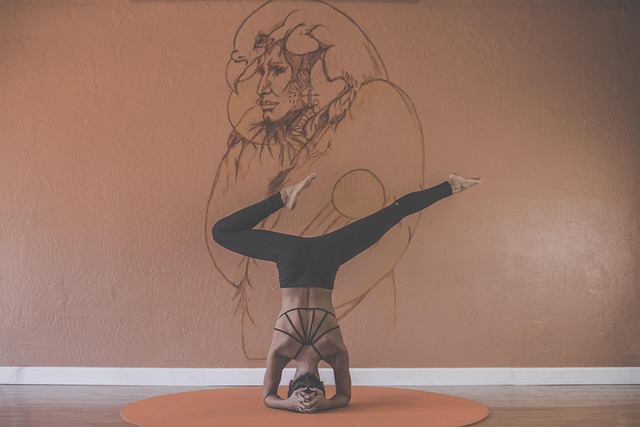Spiritual exercise has long been an integral part of various religious traditions around the world, serving as a powerful means of cultivating a deeper connection to the divine and to oneself. As we explore the myriad ways in which spiritual exercise manifests across different religions, we come to understand its profound role in shaping the lives of practitioners and fostering a sense of belonging within their communities.
At its core, spiritual exercise is about transforming the inner self, often through practices such as prayer, meditation, chanting, and ritual. In Buddhism, for example, mindfulness meditation serves as a vital spiritual exercise, encouraging individuals to cultivate awareness of the present moment. This practice not only aids in personal enlightenment but also reinforces a sense of compassion and interconnectedness with all living beings. Similarly, in Christianity, prayer and contemplation provide practitioners a path to spiritual growth, allowing for reflection and an intimate dialogue with God.
In Hinduism, spiritual exercises are multifaceted and deeply embedded in daily life. Yoga, which translates to ‘union,’ is a discipline that intertwines physical postures with breath control and meditation to facilitate a deeper spiritual connection. It represents a holistic approach to life where the body, mind, and spirit are harmonized. Engaging in these practices not only enhances physical well-being but also fosters a divine connection that transcends the ordinary.
Moreover, in Indigenous spiritual traditions, rituals often serve as a form of spiritual exercise that strengthens the community’s bond with nature. These exercises could involve dance, storytelling, and ceremonies that honor ancestors and the earth. Such practices reinforce a sense of identity and purpose, celebrating the sacredness of life and the interconnected web of existence.
Throughout history, spiritual exercises have been employed to navigate life’s challenges, offering solace and guidance. In times of uncertainty, engaging in these exercises can lead individuals toward inner peace and clarity. Whether through the calming practice of Tai Chi in Taoism or the heartfelt recitation of the Qur’an in Islam, spiritual exercise serves as a sacred thread weaving through the fabric of humanity, inviting all—regardless of faith—to embark on a journey of self-discovery and spiritual awakening.
Moreover, in many traditions, communal spiritual exercises play a vital role in strengthening the ties that bind individuals to their faith and to one another. Gatherings for prayer, meditation, or collective rituals create an environment where shared spiritual experiences can flourish. These gatherings provide encouragement and support, reminding participants that they are not alone on their spiritual journeys. The collective energy generated in such settings can be transformative, elevating the practice of spiritual exercise to new heights.
In exploring the power of spiritual exercise across various religions, we begin to see a beautiful tapestry of human experience. Each tradition brings its unique perspectives, yet they all converge on the common goal of fostering a deeper connection with the divine and nurturing personal growth. As we engage with these exercises, we awaken to the possibility of transcending the mundane aspects of life, expanding our consciousness, and embracing the sacred purpose each of us carries within.




